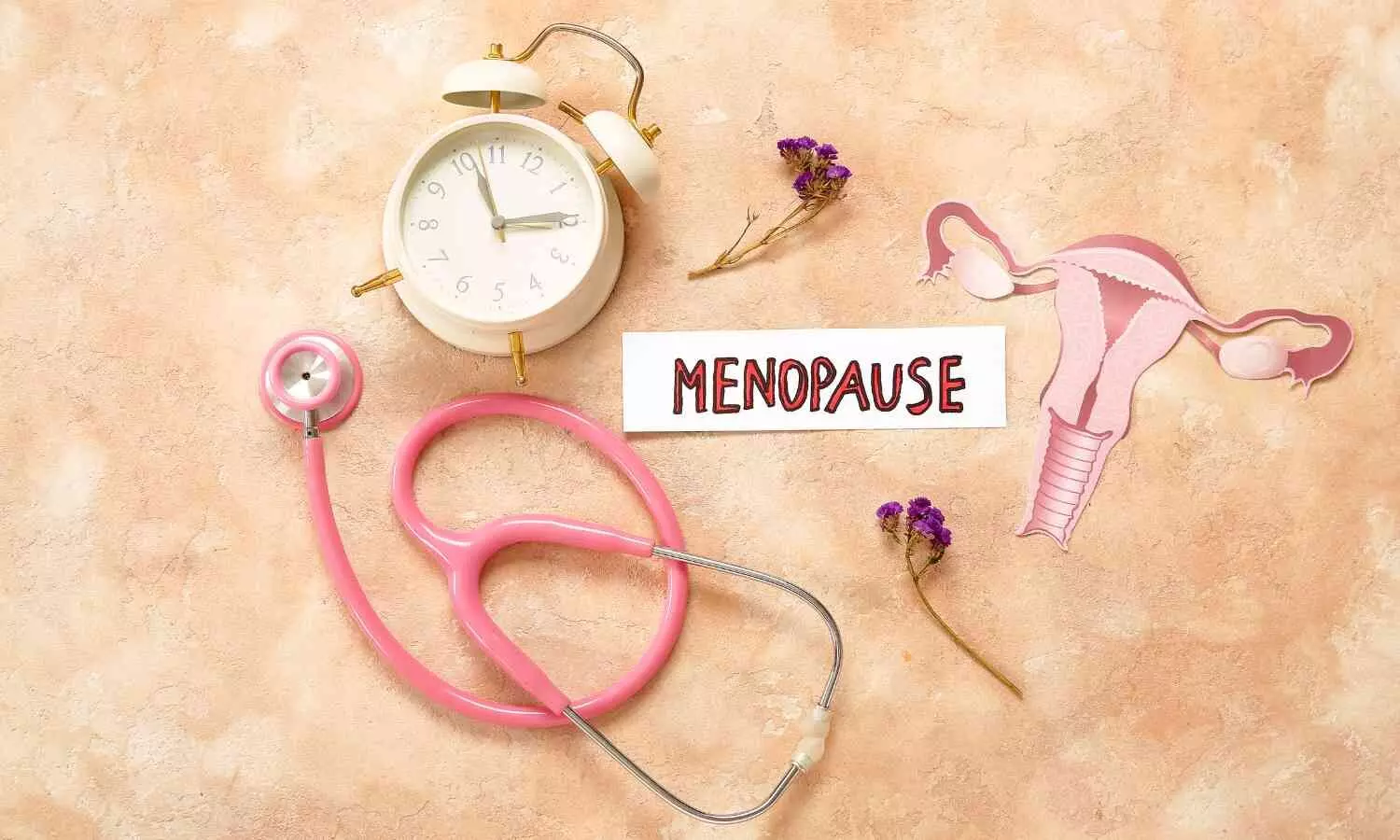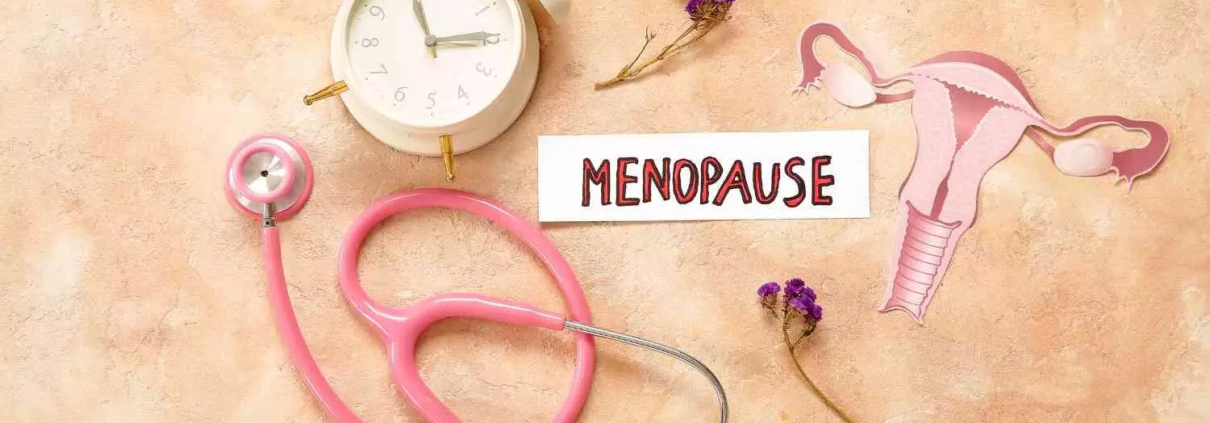Postmenopausal Women with T1D Face Glucose Regulation Changes and severe menopausal symptoms: Study

A new study published in the journal of Diabetologia showed that the intensity of menopausal symptoms is associated with moderate to severe abnormalities in glucose control, which are reported by almost two-thirds of postmenopausal women with type 1 diabetes.
The amount of insulin needed by women with type 1 diabetes varies throughout pregnancy and the menstrual cycle. Whether women with type 1 diabetes notice changes in glucose control during and after the menopausal transition has not yet been investigated. Thus, this study evaluated the relationships between glucose regulation and type 1 diabetes.
To find out if women with type 1 diabetes think that their glucose management has changed since their last menstrual cycle, this study performed a cross-sectional survey. In the Netherlands, adverts for the online surveys were placed in hospitals and on websites for individuals with type 1 diabetes. Type 1 diabetic postmenopausal women (≥1 year of amenorrhea) between the ages of 45 and 65 were included.
The study excluded participants who had been diagnosed with postmenopausal diabetes, premenopausal hysterectomy, or primary amenorrhea. Using a 5-point Likert scale, the main result measured how much individuals thought their glucose control had changed after their last menstrual cycle. The Greene climacteric scale (GCS) was used to measure the severity of menopausal symptoms.
A total of 159 ladies in all filled out the relevant questions. The average age of the participants was 54.9 years, their average duration of diabetes was 30.3 years, and their average age at menopause was 50.1 years.
In all, moderate to severe postmenopausal alterations in glucose control were reported by 67.4% of respondents. 41.9% reported higher glucose levels, 19.6% reported lower levels, and 38.5% reported no change. 55.0% of respondents said glucose fluctuations were more common, while 18.1% said they were less often.
While 38.5% of women reported more hypoglycemic incidents and 28.0% fewer, 61.6% of women reported an increase in hyperglycemic events. The severity of menopausal symptoms was higher after menopause than before (mean GCS 18.8 vs. 11.7; p<0.001).
The likelihood of experiencing glycemic alterations was positively correlated with the intensity of symptoms (adjusted OR 1.04; p=0.014). Furthermore, 57.2% reported having poor sleep quality (PSQI >5), although this did not correlate with perceived increases in blood sugar levels (adjusted OR 1.10; p=0.731).
Overall, because women going through the menopausal transition may encounter changes in glucose metabolism that may effect their treatment goals, the results illuminate the need of medical providers being aware of these changes while treating women with type 1 diabetes.
Source:
Speksnijder, E. M., Simsek, S., Bisschop, P. H., Stenvers, D. J., Siegelaar, S. E., & MenoPause Consortium. (2025). Perceived blood glucose regulation after menopause: a cross-sectional survey in women with type 1 diabetes in the Netherlands. Diabetologia. https://doi.org/10.1007/s00125-025-06518-z



